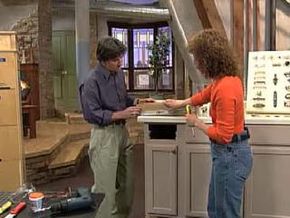Having the right tools is the difference between a quick and easy job, and a real headache. The wrong screwdriver rarely works, but choosing the right one requires a modest understanding of various screwdriver types. Fortunately, you've come to the right place.
Screwdrivers are a fundamental component of every tool box, and most households have at least a couple of them floating around. Full screwdriver sets are widely available and reasonably affordable. And, assuming you've selected the right screwdriver for the screw head, even the cheapest screwdriver will get the job done.
Advertisement
They aren't all created equally though. The more you pay, the more functions your screwdriver can have. There are a wide variety of options, all featuring a wide array of function combinations. Screwdrivers are generally classified into the following categories:
- Manual: Manual screwdrivers are composed of a plastic handle that extends into a cylindrical rod that ends with a screwdriver tip.
- Electric screwdrivers: These are powered by electricity from an outlet or wall, and perform the same function as their manual cousins, though with a lot less work.
- Ratcheting screwdrivers: Ratcheting screwdrivers house a mechanism that makes tightening and loosening screws much easier than manual screwdrivers.
The screwdriver functions mentioned above don't mean much if you don't pair them with the appropriate screwdriver heads. So with that in mind, it's time to take a closer look at those.
Advertisement
